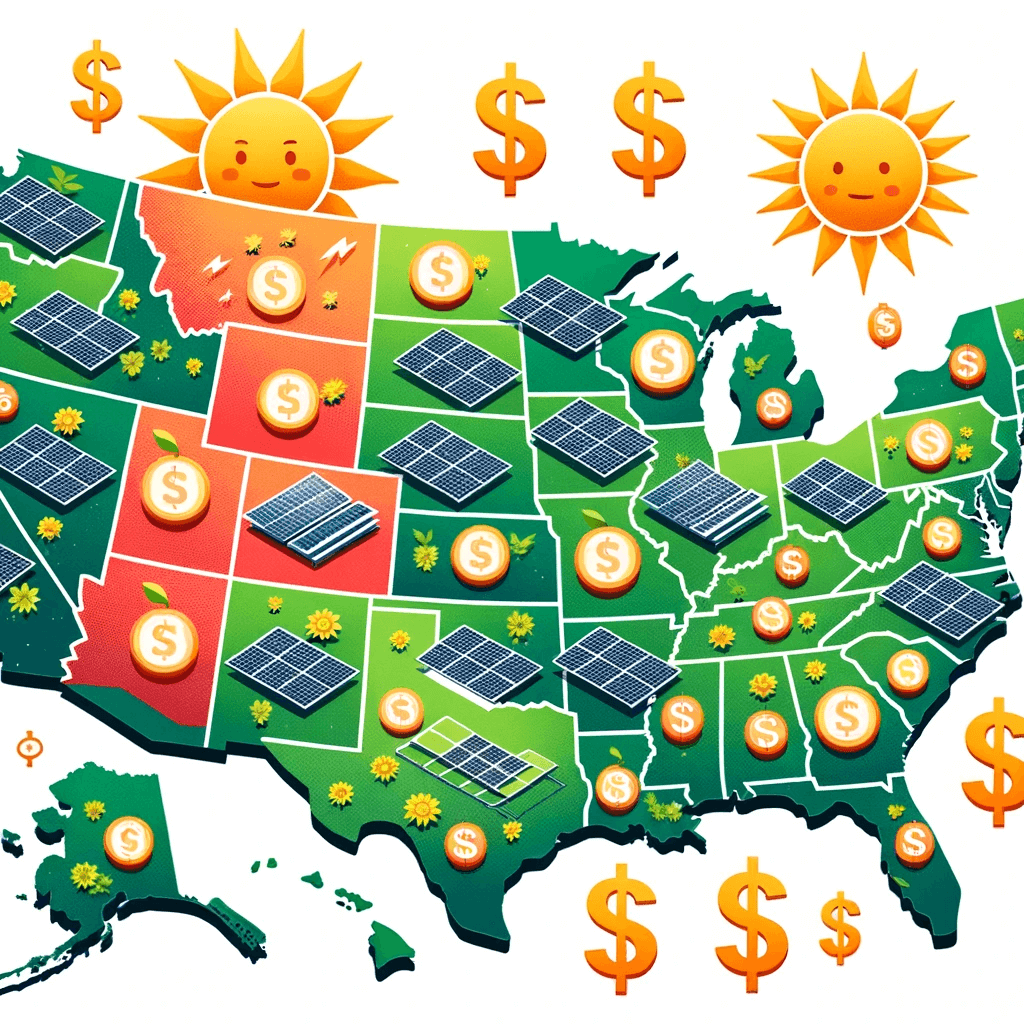A Life Cycle Analysis of Solar Power
Diving Deep into the Ecological Footprint of Solar Energy
As the world races to combat climate change, understanding the full environmental impact of renewable energy sources becomes paramount. Among these, solar power shines as a beacon of hope, promising clean and sustainable energy. However, to fully comprehend its ecological footprint, we need to embark on a journey through its entire life cycle. Join us as we unravel the complexities of solar power's life cycle analysis, exploring its benefits and challenges in the pursuit of a greener future.
The Stages of Solar Power's Life Cycle
🔆 Raw Material Extraction: The journey begins with the extraction of raw materials like silicon, which forms the basis of photovoltaic cells. Mining and processing these materials have associated energy and environmental costs, raising questions about the sustainability of these processes.
🏭 Manufacturing and Production: Transforming raw materials into functional solar panels requires energy-intensive manufacturing processes. Energy consumption, emissions, and waste generation during production are factors that demand scrutiny.
☀️ Installation and Operation: Solar panels generate clean electricity once installed. During this phase, emissions are virtually non-existent, and the energy generated offsets the environmental costs incurred during the previous stages.
♻️ End-of-Life Management: As solar panels reach the end of their lifespan, proper disposal and recycling become essential. The recycling process can recover valuable materials and minimize the environmental impact of decommissioned panels.
Quantifying the Environmental Benefits
🌿 Greenhouse Gas Emissions Reduction: Despite the energy invested in manufacturing, solar power's lifetime emissions are significantly lower compared to fossil fuel-based energy sources. The emissions saved during operation greatly outweigh those produced during production.
🌬️ Energy Payback Time: This metric indicates the time it takes for a solar panel to produce the amount of energy equivalent to the energy consumed during its entire life cycle, including production. Advances in technology have substantially reduced this time, making solar panels increasingly efficient.
Challenges and Opportunities
Balancing Sustainability and Progress
⚖️ Energy Intensive Manufacturing: The energy consumption during the manufacturing phase remains a challenge. Innovations in manufacturing techniques and recycling processes are crucial to further minimize the energy footprint.
🌐 Global Supply Chains: Solar panel production often involves materials sourced from around the world, highlighting the need for transparent and sustainable supply chains to reduce the carbon footprint associated with transportation.
A Call for Holistic Analysis
Shaping a Cleaner Energy Future
🔍 Comprehensive Assessments: A holistic life cycle analysis of solar power must consider not only direct emissions but also indirect impacts such as land use, water consumption, and potential toxicity associated with the manufacturing and disposal processes.
🌱 Continuous Improvement: The solar industry's commitment to sustainability includes enhancing production methods, minimizing waste, and increasing the recyclability of materials. This continuous improvement approach ensures that the environmental benefits of solar power become even more significant over time.
Frequently Asked Questions (FAQs)
-
A Life Cycle Assessment (LCA) on solar panels evaluates the environmental impacts from production to disposal. This includes raw material extraction, manufacturing, transportation, installation, operation, and end-of-life management.
-
The life cycle of solar energy involves several stages: raw material extraction, panel manufacturing, installation, operation for energy generation, and eventually, recycling or disposal. Most solar panels have a lifespan of 25-30 years.
-
A Life Cycle Analysis (LCA) of renewable energy assesses the environmental impacts of an energy source throughout its entire life cycle. This includes everything from material extraction to production, use, and disposal. It's a comprehensive way to evaluate the environmental footprint of renewable energy sources like solar, wind, and hydro.
-
After 25 years, solar panels may experience reduced efficiency but can still function. Many are recycled to extract valuable materials like silicon, aluminum, and copper. Some panels are also repurposed for less energy-intensive applications.
Conclusion
Solar Power's Environmental Footprint: A Multifaceted Perspective
Delving into the life cycle analysis of solar power uncovers a complex interplay of benefits and challenges. While the initial energy investment in manufacturing poses a significant concern, the emissions reductions and energy savings achieved during operation paint a promising picture. As we move forward, it's imperative to embrace a comprehensive understanding of solar power's environmental impact, leveraging technology, policy, and innovation to maximize its sustainability.





